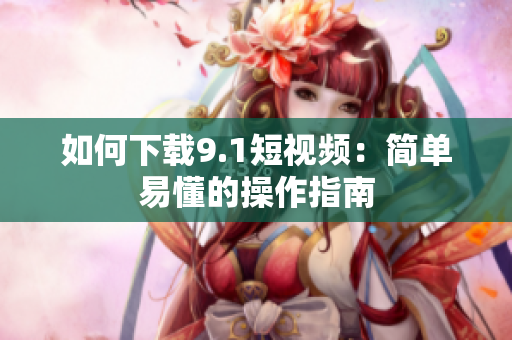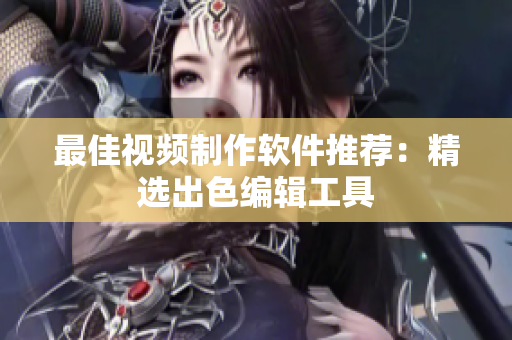Introduction
When it comes to Western humanities and arts, there are countless masterpieces that have been created throughout the years. From the works of Leonardo da Vinci and Michelangelo to the literature of Shakespeare and Dickens, these pieces have stood the test of time and continue to inspire and captivate audiences all around the world.
In recent years, the advancement of technology has brought about a new revolution in communication - 5G technology. This breakthrough has enabled faster connectivity and a more seamless integration of technology into our daily lives. It has also created a new wave of opportunities for the arts and humanities, transforming the way that we consume and engage with content.
However, the importance of art and culture cannot be ignored, and it is necessary to consider how to maintain the integrity of these works in the digital age. In this article, we will delve into the value of Western humanities and arts, the impact of 5G technology, and the need to preserve our cultural heritage.
The Value of Western Humanities and Arts
Western humanities and arts embody the expression of human thoughts, emotions and experiences. They deal with issues of truth, beauty and morality, and have the ability to bring people together from diverse backgrounds and perspectives. These works reflect the culture and traditions of their time, and are valuable in helping us to understand and appreciate our collective humanity.
Take for example, the works of William Shakespeare. His plays have endured for centuries, captivating audiences with their powerful language, memorable characters and universal themes. From "Romeo and Juliet" to "Macbeth", these stories have explored the depths of human nature, and continue to inspire modern interpretations in literature, theatre and film.
Similarly, the visual arts have also been an integral part of Western culture. The works of Leonardo da Vinci and Michelangelo represent some of the finest achievements of human creativity and intellect. The paintings of van Gogh and Picasso, on the other hand, challenged traditional notions of beauty and form, pushing the boundaries of art and inspiring generations of artists to come.
The Impact of 5G Technology
The emergence of 5G technology has brought about a new era of communication, enabling us to share information and engage with content in more dynamic and innovative ways. This faster connectivity means that we can stream high-quality videos and audio with minimal buffering, and enjoy a more seamless virtual experience.
In the world of art and entertainment, 5G technology has opened up new possibilities for immersive experiences that were previously unimaginable. Through virtual and augmented reality, we can now step into a painting or walk through a virtual museum, gaining new insights into the works of art and engaging with them in a more intimate way.
Cultural institutions such as museums and galleries have also embraced this new technology, creating virtual exhibitions that can be accessed from anywhere in the world. This has allowed for greater accessibility to the arts and humanities, and has opened up new avenues for education and research.
The Need to Preserve Our Cultural Heritage
Despite the benefits that 5G technology has brought to the world of art and culture, it is important to remember that these works are also a part of our cultural heritage. They represent our collective memory and history, and are a testament to the creativity and ingenuity of our ancestors.
Thus, it is crucial that we take steps to preserve these works for future generations. This can be achieved through a variety of means, from physical conservation efforts to digital archiving. Museums and art institutions have a responsibility to ensure that these works are properly maintained and cared for, while also making them accessible and relevant to contemporary audiences.
In addition, it is important to acknowledge the ethical concerns that arise from the digitisation of cultural artefacts. The process of digitisation can be costly, and many of these works are owned by private individuals or institutions. It is therefore crucial that we ensure that these digitised versions are not monetised without proper consent and compensation to the original owners.
Conclusion
In conclusion, the Western humanities and arts have played a vital role in shaping our collective history and culture. With the advent of 5G technology, we have seen a new wave of opportunities for the arts and humanities, revolutionising the way that we engage with and consume content. However, it is important that we do not forget the value of these works, and take steps to preserve and protect our cultural heritage for future generations.
As we move forward into a more interconnected and technologically advanced world, we must remember the importance of our cultural history, and the role that the arts and humanities play in shaping our collective memory and identity.









